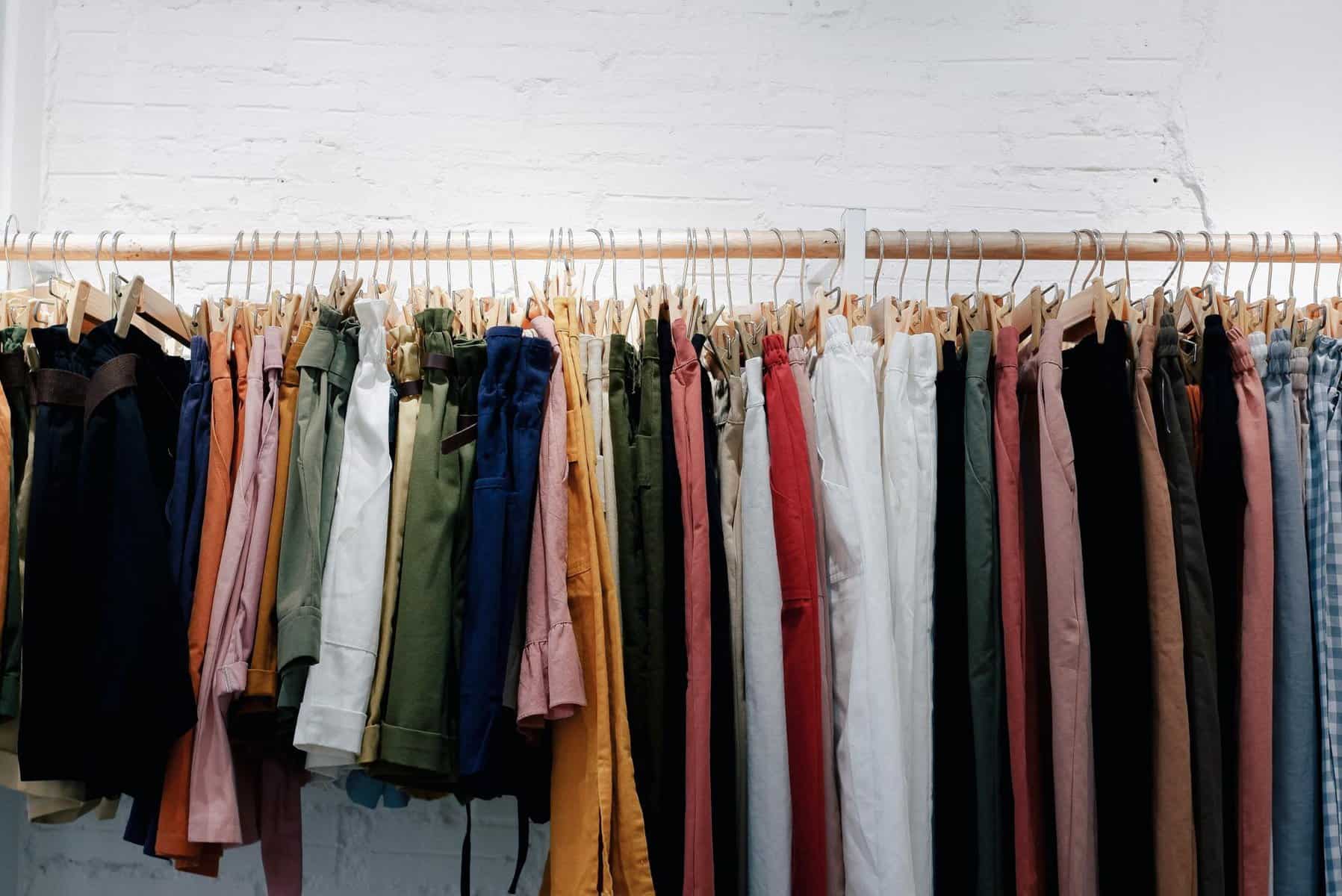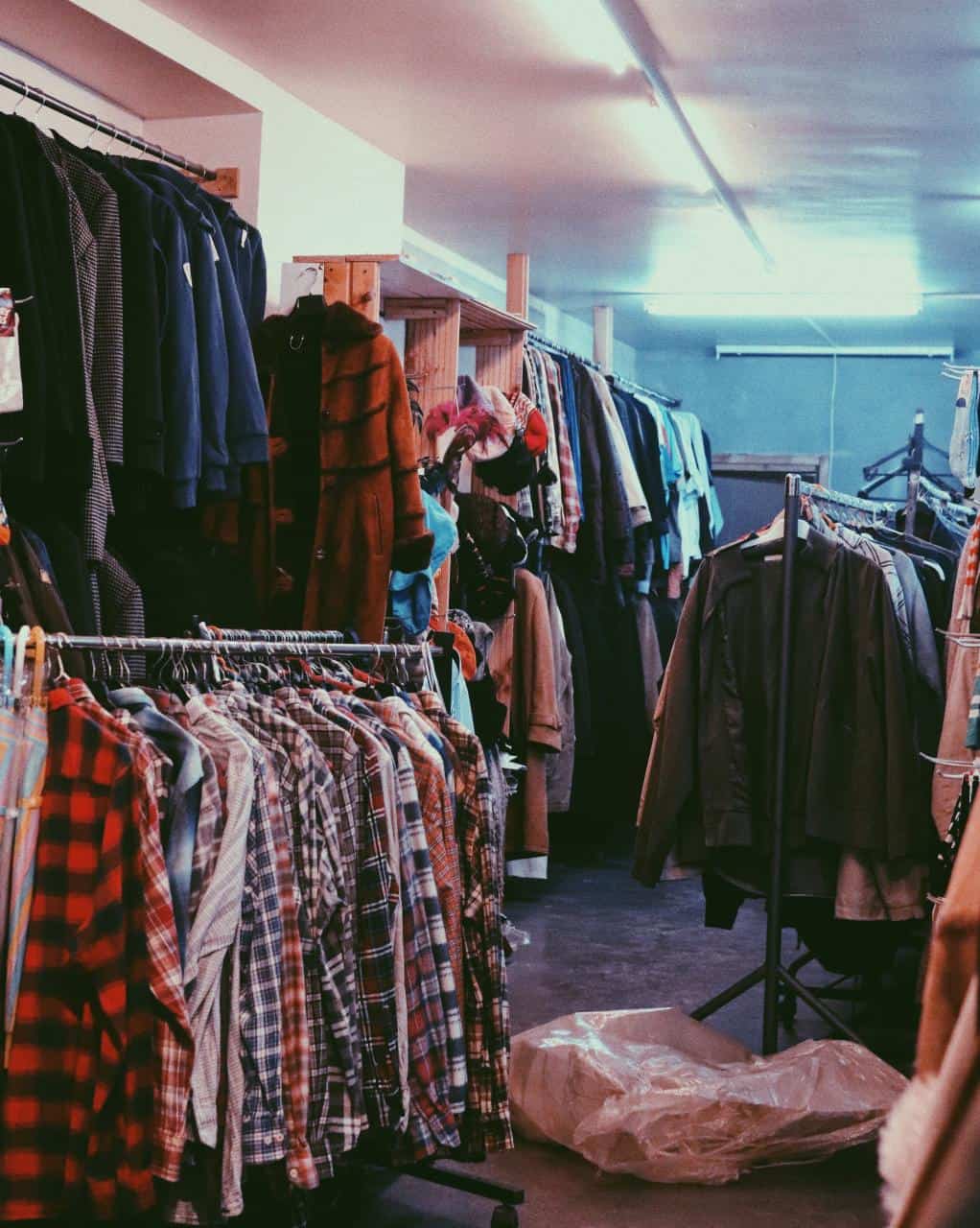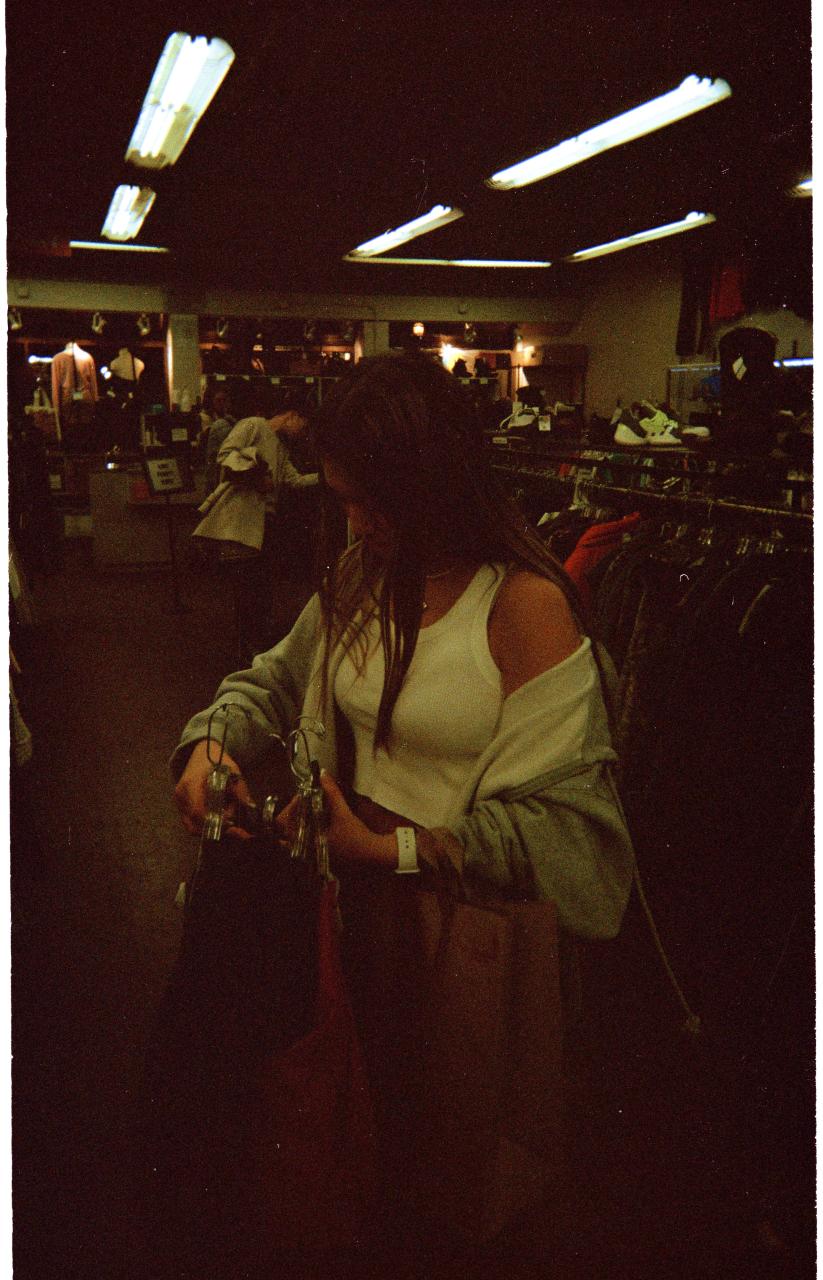Vintage clothing is in a league of its own – it’s second-hand clothing that comes with stories from the past, from half-forgotten fashion trends to the imprint other wearers have left on the garments. That’s why it’s so appealing to many. Wearing these types of clothes can be truly special, but caring for them is not easy as the fabrics tend to be more delicate and require specific treatment. If you’re new to the vintage clothing scene, we’ve put together a series of tips below to help you learn how to store your new wearable treasures:

Prepping your vintage clothing for storage
Here are some things you should consider when preparing your vintage items for storage:
Don’t wash vintage clothing too often
We’re used to cleaning our clothes frequently to maintain good hygiene, but with vintage clothing, you might want to take a different approach. Wash them less often to prevent wear and tear. Instead, air them or steam them to replace some freshness. To reduce the adverse effects of perspiration, wearing underarm patches and a slip under a dress also helps reduce the need for washing.
Research how to clean vintage clothes properly
Up until 1971, clothing labels were not used, which means most of your vintage items do not come with a label giving you care information. Instead, you should do the research. The item might carry a designer name. Eventually, you can talk with a vintage clothing shop owner or a fashion historian to identify the material and the type of care it requires.
Ward off the vintage smell
Sometimes vintage clothes come with a musty smell that needs to be dealt with before washing them. You can put white vinegar in a spray bottle and mist the more delicate items, or soak them in a solution of water and half a cup of vinegar. Once dry, you can steam the clothing to freshen it up even more. After this point, for any garment that is foldable, you can place scented dryer sheets next to it to keep it smelling pleasantly.
Washing your vintage clothing
As a general rule, if the vintage of your clothing predates the 1960s, you should handwash them to preserve the integrity of the fibers. If you are putting them in the washer, however, choose a gentle cycle in cold water. If the garment is too delicate for washing at all, you can forego this process and steam or chemically clean it, or simply target certain spots.
To help you get a better handle on how best to wash (or not) your vintage clothing, let’s see what each type of fabric requires in terms of cleaning:
Cotton
Run cotton clothing though a cold water cycle to avoid any shrinking and fading of the dyes. Pay attention to the material – does it come with finishes such as glazing or sizing? Modern ones are permanent, but vintage finishes are made of starch, resin, glue or other material that can deteriorate in the washer. If that’s the case, you’re better off hand washing the item.
Linen
Go for machine washing if the material is uncolored. Dyed linen could potentially bleed color, however, so you’re better off washing it by hand if that’s the case. If machine washed, linen then requires pressing, so you could consider having it dry cleaned so that the professionals can take care of this step.
Polyester and other synthetics
You can hand wash or machine wash these kinds of materials. You’ll see that clothing from the 1970s may come with a label claiming it’s safe to put in the washer, but handwashing it can considerably extend its life. Air dry and forego pressing such garments as heat can deform or shrink the materials.
Silk and rayon
You can wash silk if it’s pure. If it isn’t, leave the job to the professionals. Rayon or crepe should also be cleaned professionally.
Knitwear
Avoid the washer for your knitwear altogether. Handwash post-1970s items and send older ones to the dry cleaner.
Before washing, check zippers, hooks and eyes, making sure they’re closed to avoid them getting caught on any fabrics. When washing a material for the first time, do a wash test before soaking the item to make sure it doesn’t shrink, lose color or get damaged in any other way. Once washed, hang or lie your clothing flat – never use the dryer.
When to use dry cleaning for vintage clothing
Not all vintage clothing should be washed, which is why for delicate and older garments dry cleaning is the way to go. Make sure to find a company that also offers vintage clothing cleaning. Avoid dry cleaning beaded items, antique silks, leather and fur.
Storing your vintage clothes
Before putting your vintage clothing in storage, make sure it is clean, pressed, and in no need of repairs. Check for loose seams, damaged parts or missing buttons. Make the necessary alterations to ensure the items are in tip-top shape when you put them in storage.
Here’s how to prepare your vintage clothing for storage:
Use padded hangers
For hangable items such as dresses, shirts and so on, use a hangar with padding which helps keep the shape of a garment and doesn’t discolor it. Make sure dresses and other hangable items have straps to suspend them from to avoid any stress resulting from pulling on the fabric. For coats, molded hangers are the best option. Cover the clothing you want to hang up with a breathable garment bag made of muslin or polypropylene – these can be washed and are sturdy.
Turn to acid-free tissue paper
Paper is naturally acidic, which can do long-term harm to non-hangable clothing such as knitwear. Using acid-free tissue paper can protect clothing and prevent it from yellowing. Wrap each item individually – this way, these items are better protected from further damage.
Use cotton or canvas containers
For other items, you can use cotton or canvas containers which are made of breathable materials and are less likely than plastic to retain moisture.
Go for shoe trees
Wooden shoe trees are amazing for shoe storage – typically made of cedar, they usefully absorb moisture while helping to maintain the shape of the shoe.
Dust bags are great for purses, handgrips and clutches
Your vintage bag will thank you if you put it in a dust bag. This way, it’s protected from dust, color fading, moisture and much more. Make sure to stuff the bag with a purse pillow before putting it in the dust bag to help it retain its shape.
Add lavender sachets and cedar balls
These are a natural moth repellent and also smell great, making sure your vintage clothing retains a pleasant smell.
Where to store your vintage items
Now you know what to look for before putting your vintage clothing in storage, it’s time to decide where exactly you want to keep it. You have two main options to choose from:
Keep your vintage clothing at home
If you have a large dresser, you can keep your vintage garments at home as long as you follow some instructions. Make sure the dresser has enough space to leave them room to breathe. Since these items are more fragile than most, you don’t want to overcrowd them, which can cause long-term damage.
Put your vintage garments in a storage unit
A self storage facility is a great place to keep vintage clothing. It saves you space at home – especially if your closet doesn’t allow you to space out these delicate items properly. Moreover, if you live in a hot and humid region such as the South, your garments are better protected in a storage facility that offers climate control. Renting a climate-controlled in Houston, TX (around $120/month), can help you keep your vintage clothing in an environment with the ideal humidity and temperature conditions that ensure it will maintain its valuable properties over time.
